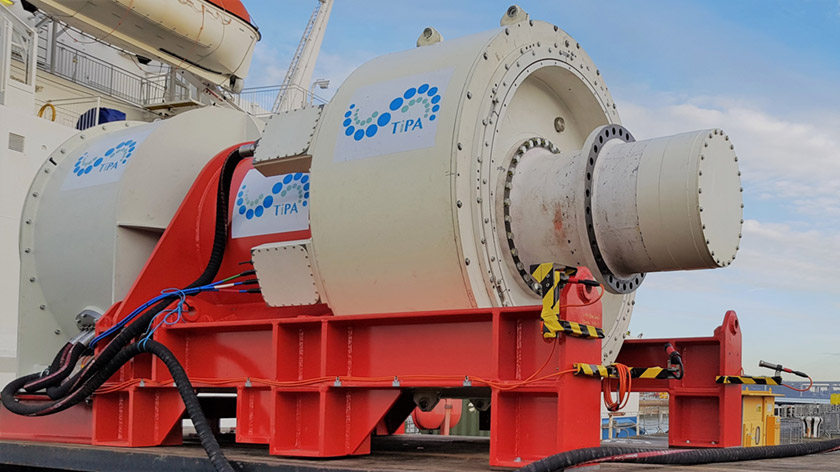EU-funded consortium develops generator that significantly reduces tidal energy costs
- June 4, 2020
- Posted by: Elaine Coles
- Category: Engineering, Technology & Innovation, Europe

After almost three years of research, the EU-funded TIPA consortium, made up of seven companies and organisations, has developed a generator that significantly reduces tidal energy costs.
The generator converts the movement of the blades of the tidal turbine into electricity.
Developed under the EU’s Horizon 2020 research programme, the results from the € 4. 4 million project were independently validated and exceeded all expectations. The TiPA PTO achieved a 29% reduction in the cost of tidal energy, against a target of 20%, and could unlock a global market worth €1.3 billion.
Tidal turbines are already generating electricity within our seas – tidal flows have a massive potential for clean electricity.
The EU consortium developed the novel technology to make tidal energy more competitive in response to the challenge facing the industry of reducing costs.
TIPA project manager Seumas MacKenzie commented:
‘We’re absolutely delighted that we’ve been able to surpass our targets and reduce costs faster than anticipated.’
Cutting the costs makes tidal energy much more competitive and will help with the longer-term phasing out of fossil fuels and nuclear energy. Aside from the cost-effectiveness, what makes TIPA truly groundbreaking is perhaps its simplicity.
The consortium has developed a tidal turbine generator without a gearbox – the direct-drive generator enables tidal energy to be turned into electricity with much greater ease and more cost effectively.
Harnessing tidal potential
The potential global market of tidal power is between 150-800 TWh (terawatt hours) per year, or up to EUR 40 billion per year. Under favourable regulatory and economic conditions, ocean energy technologies (tidal and wave) could meet 10 % of the EU’s power demand by 2050.
The PTO underwent onshore testing in Q3 2018 at the testing RWTH Aachen University Test Facility. In-sea testing started in January 2019 at Babcock’s Rosyth site. Following the successful completion of the first phase of testing in April, the TiPA PTO was retrieved, inspected and redeployed for the second phase in Q2 2019.
With the growing opportunity to harness the power of tidal energy, the plan now is to introduce TIPA’s novel technology in the market.
Seumas MacKenzie continued:
‘Through research carried out on the project, we estimate there could be many tens of thousands of machines using the TIPA technology deployed all around the world over the coming decades.”
‘We know the challenges we are facing with climate change and the need to get to net zero carbon. We also know we can overcome these challenges through the use of a full suite of renewable technologies – tidal energy needs to continue to expand and be part of that mix.’
The project is led by UK-based Nova Innovation, a world-leading tidal energy technology and project developer. Project partners are: SKF, Siemens, The University of Edinburgh, Delft Technical University, Wood Group and the Center for Wind Power Drives RWTH Aachen University.
Click here to visit the TiPA project website
